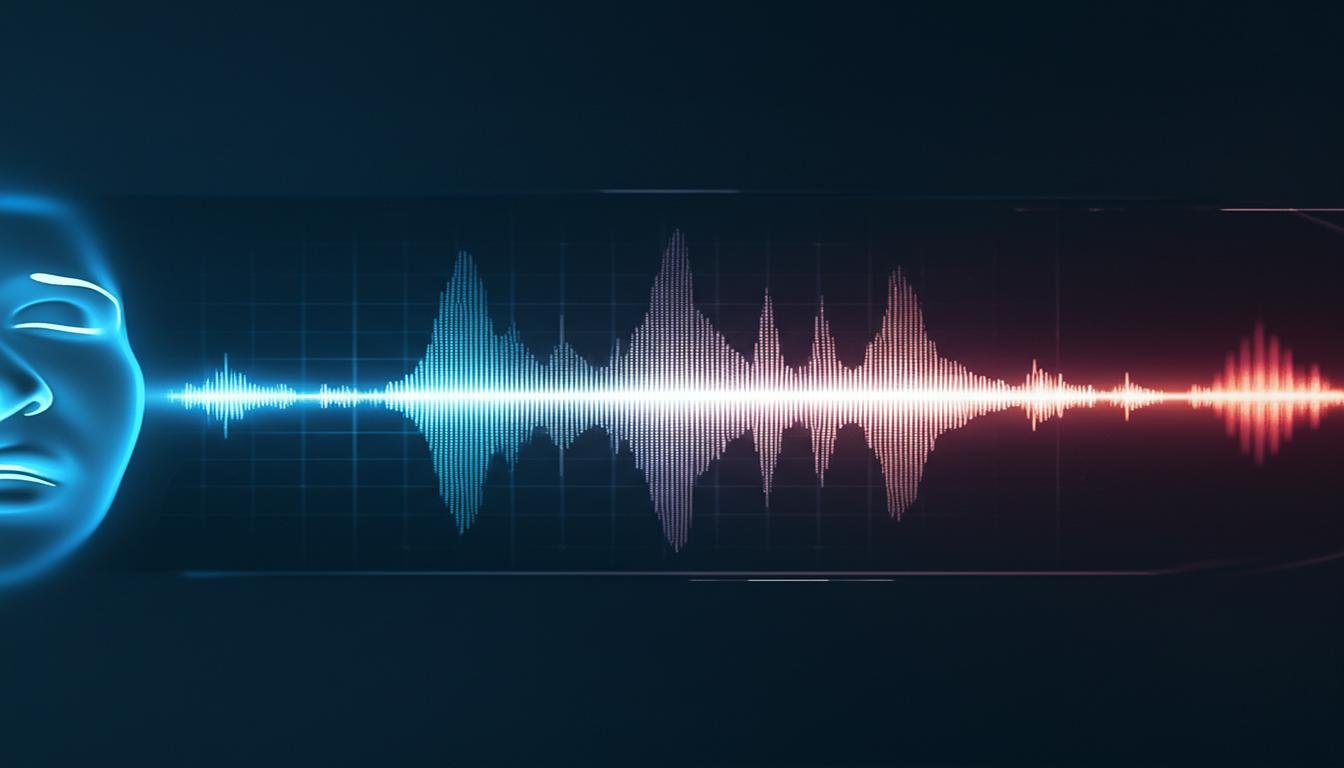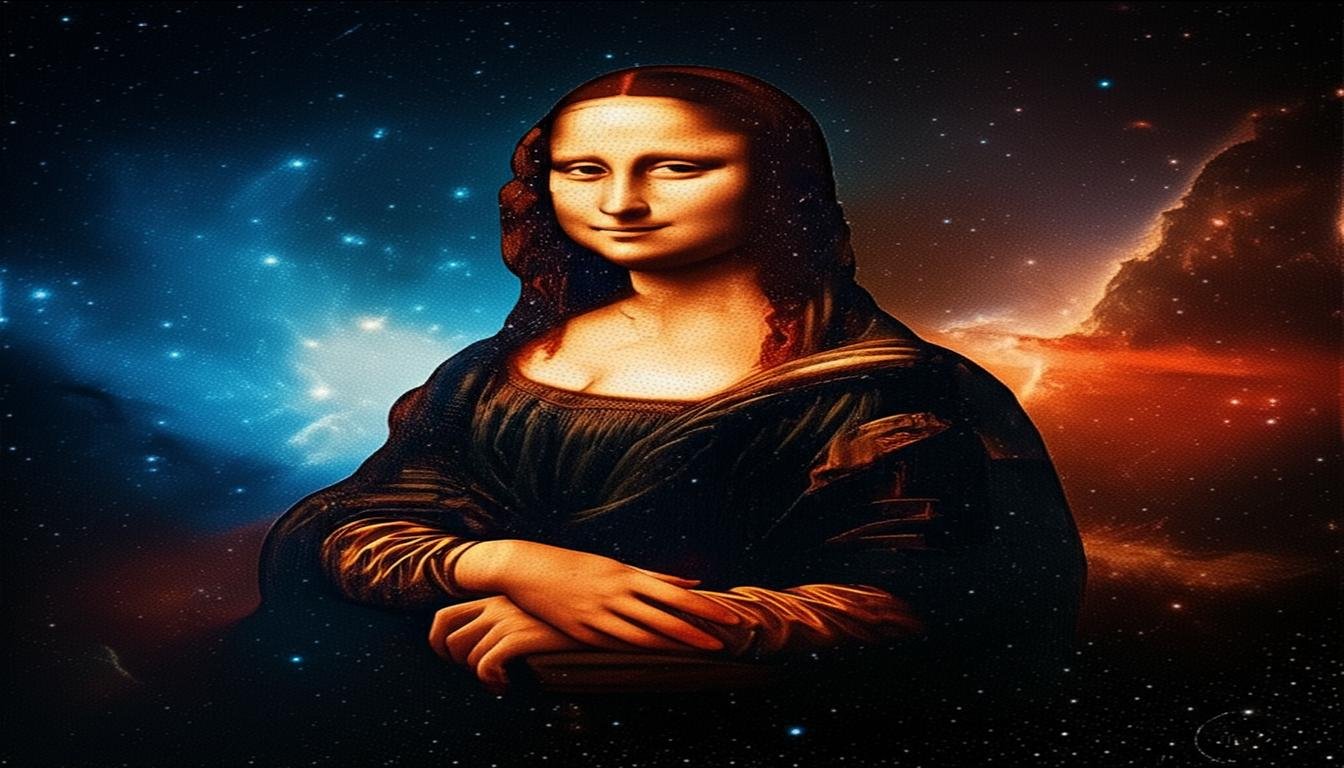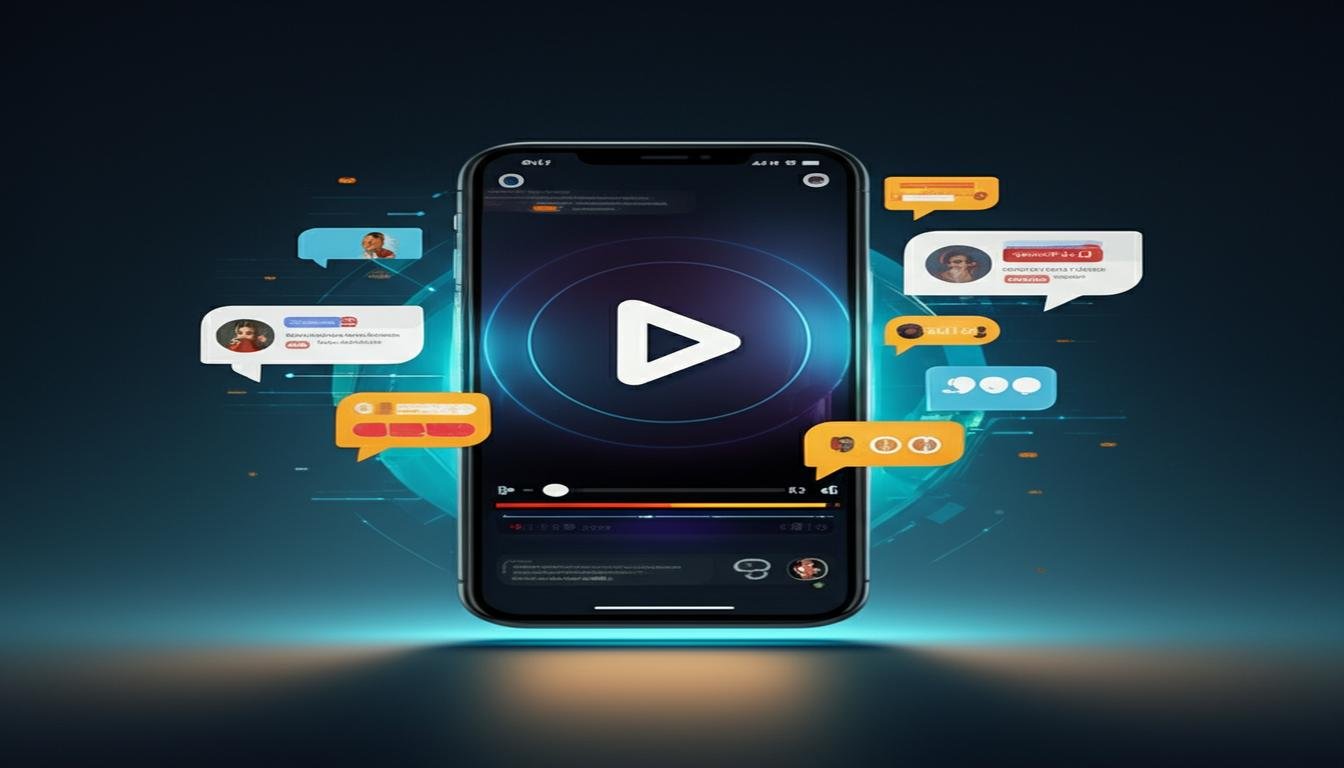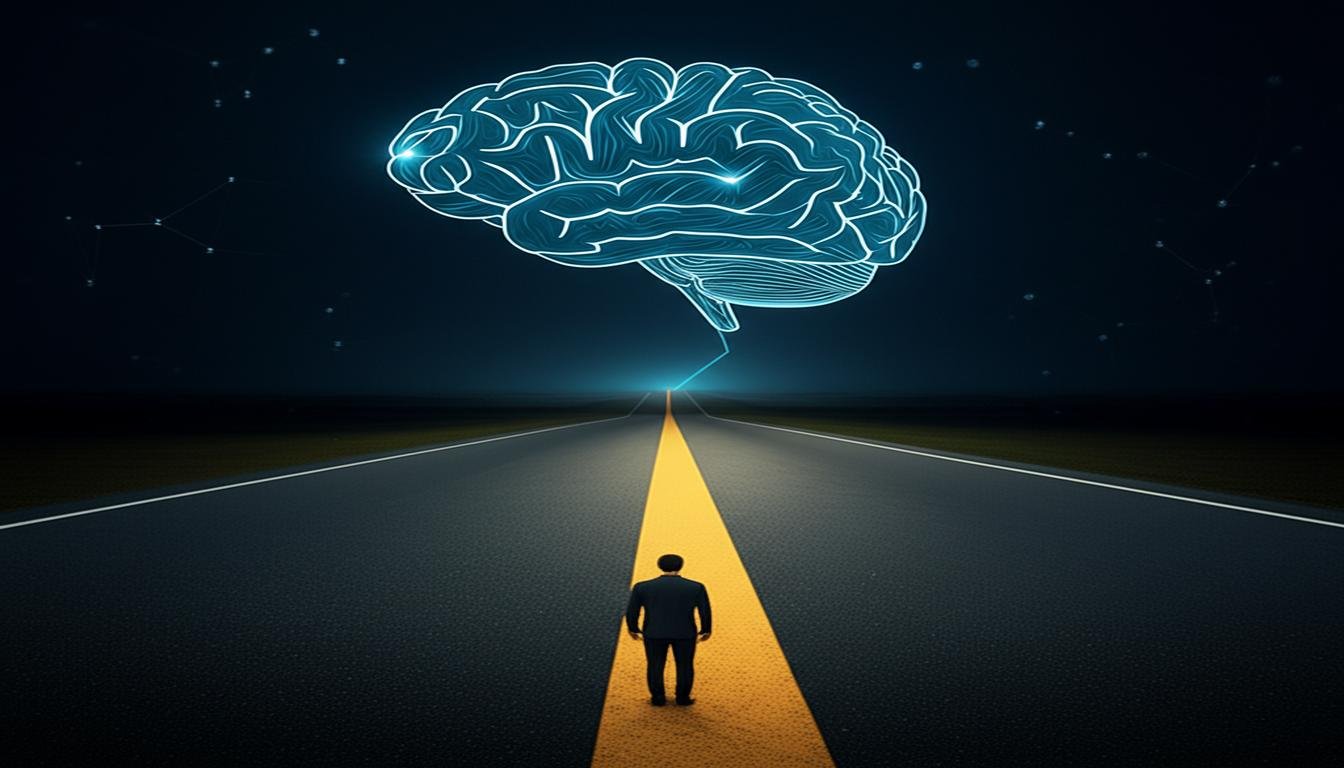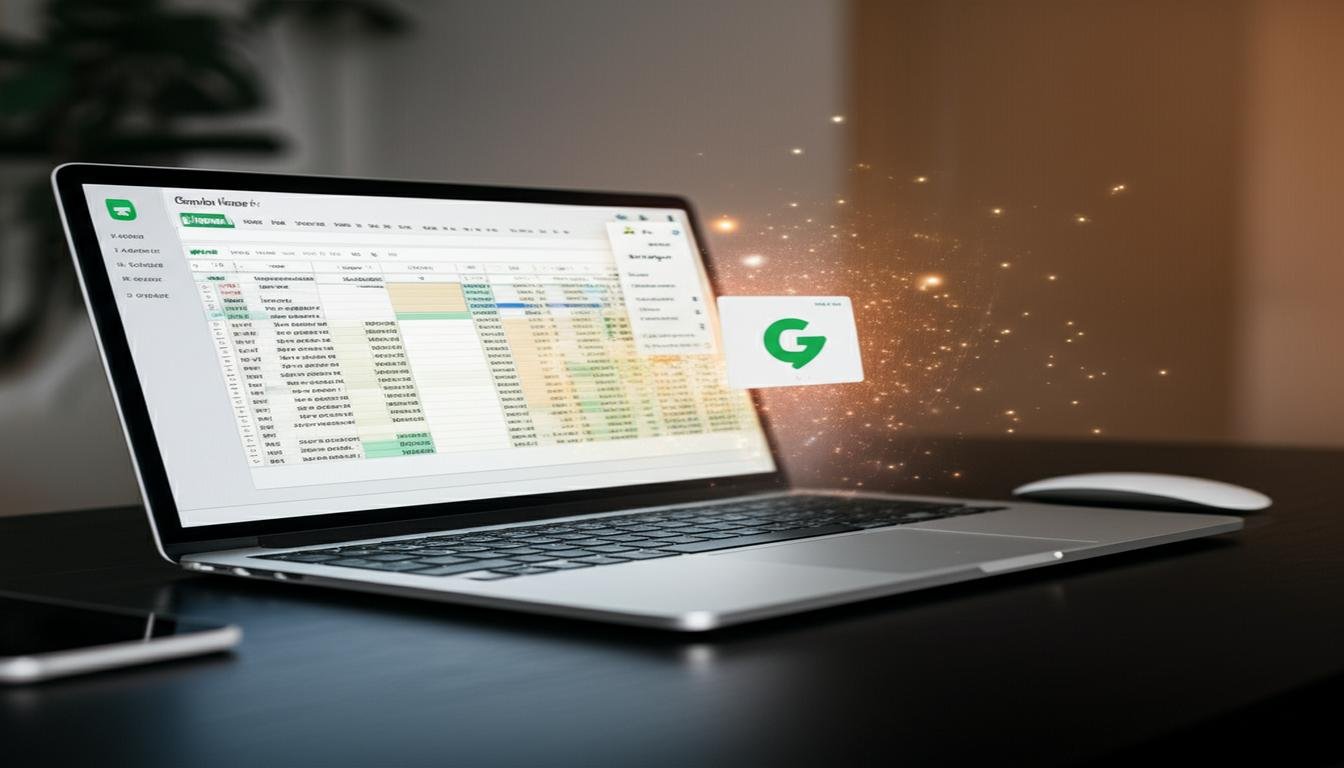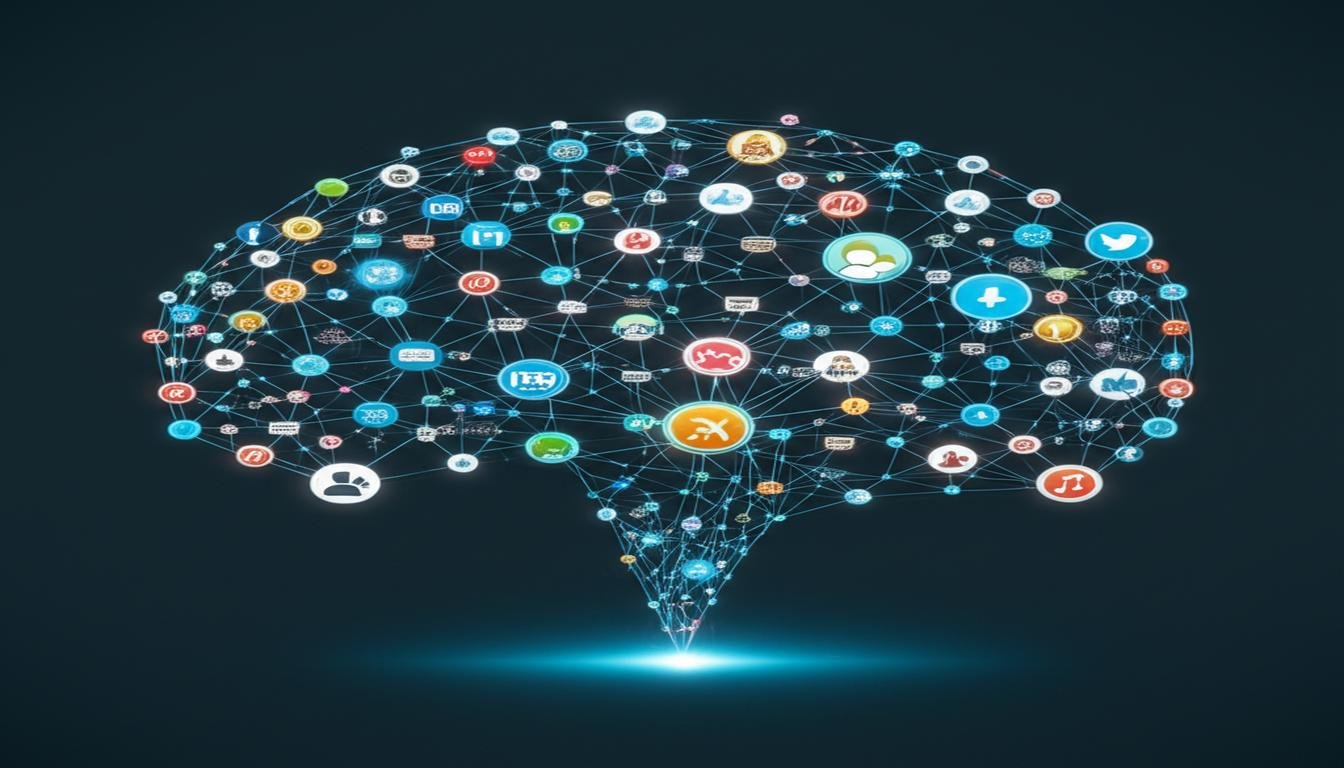You’re scrolling through YouTube, maybe watching a compilation of satisfying moments, a relaxing meditation guide, or even a detailed financial market update. You probably assume there’s a person, a creative mind, painstakingly putting it all together. But what if there isn’t? What if the entire channel, from script to voice to video editing, is being quietly run by artificial intelligence?
It sounds like science fiction, right? Yet, this subtle shift is happening right now. AI isn’t just a helpful co-pilot for creators anymore; it’s becoming the pilot, navigator, and crew for entire content operations. Whole YouTube channels are now operating with minimal, or even zero, direct human involvement, signaling a massive change in the creator economy.
The Quiet Rise of AI-Powered Content
The technology behind this isn’t some futuristic dream; it’s here and remarkably accessible. We’re talking about sophisticated AI tools that can handle multiple facets of video production.
From Concept to Completion: AI in Action
Imagine a YouTube channel that churns out daily videos on niche topics. Traditionally, that’s a massive undertaking. Now, AI can step in at every stage:
Idea Generation & Scripting: AI algorithms can analyze trends, pinpoint popular topics, and then write full, coherent scripts. They can even adapt their writing style to match a specific tone.
Voice Synthesis: Forget hiring voice actors. Text-to-speech AI has advanced to the point where it can generate incredibly natural, expressive voices that are almost indistinguishable from human speech. You can even choose different accents and vocal tones.
Visuals & Editing: AI can compile stock footage, generate unique animations, create static images, and even animate virtual avatars to “present” the content. Editing programs powered by AI can automatically cut, sync, and add background music, ensuring a polished final product with shocking speed.
This means a single person, or even no person at all after initial setup, can manage multiple “channels” effectively becoming a silent content factory.
Where AI Excels: Niche Automation
Certain types of YouTube content are particularly ripe for AI automation because they rely on structured data, repetitive formats, or generalized information. Think about it:
Compilation Channels: “Top 10” lists, satisfying video compilations, or even fail compilations can be assembled by AI sifting through vast amounts of public domain or licensed footage.
Explainer & Tutorial Videos: For topics with factual, straightforward information (e.g., “How to install X software,” “Basics of financial markets,” “Understanding quantum physics 101”), AI can pull information, structure it, and present it clearly.
Meditation & Sleep Aid Channels: Channels featuring endless loops of calming music, nature sounds, or guided meditations often use AI-generated voices and stock footage, making them incredibly low-cost to produce and scale.
News & Summary Channels: AI can ingest vast amounts of news articles, summarize them, and present daily updates with AI voices and generated graphics, all within minutes of events happening.
The driving force behind this is simple: efficiency and cost. Why pay a team of people when a few AI subscriptions can do the work faster, cheaper, and 24/7?
The Creator’s Dilemma: Human vs. Machine
For independent creators and small media companies, this quiet revolution presents a serious challenge and a unique opportunity. On one hand, it’s democratizing content creation, allowing individuals to produce high-quality videos without huge budgets. On the other, it raises questions about authenticity and competition.
Scalability vs. The Human Touch
AI channels can produce content at an unprecedented scale, flooding specific niches. This means traditional creators, who often pour their personality and unique insights into their work, suddenly find themselves competing with a bottomless well of automated content.
However, this also highlights the enduring value of the “human touch.” Viewers often connect with creators for their personality, their specific humor, their unique perspective, and their vulnerability. AI, no matter how advanced, currently struggles to replicate genuine emotion, spontaneous wit, or the relatable quirks that build a truly loyal audience.
What This Means for YouTube’s Future
The landscape of YouTube is undeniably changing. We’re likely to see a dual track emerge:
Highly Automated Content: A massive increase in AI-generated videos filling specific, data-driven, or repetitive niches, prioritizing volume and efficiency.
Premium Human-Centric Content: A greater emphasis on channels where the creator’s unique personality, expertise, and direct engagement are the primary draw. Authenticity will become an even more valuable currency.
For viewers, it might become harder to discern what’s genuinely human-created and what’s not, especially as AI continues to improve. Platforms like YouTube will likely face pressure to implement better transparency around AI-generated content.
The quiet replacement of YouTube channels by AI isn’t a distant threat; it’s happening now, subtly reshaping how we consume and create online video. While it offers incredible tools for efficiency and scale, it also forces creators to re-evaluate their unique value proposition. The future of YouTube will depend on a delicate balance between machine efficiency and the irreplaceable spark of human creativity. So next time you’re browsing, ask yourself: who, or what, really made this?



